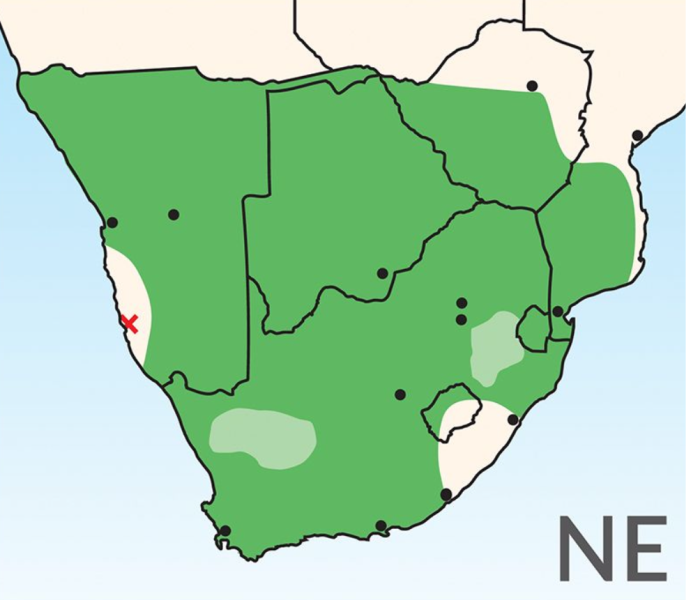Yes Wood 55 Deck Dressing: Insecticidal and water repelling
-
Yes Wood Deck Dressing 55 is a suede UV protective, penetrating oil-based wax preservative with excellent insecticidal and water repelling properties.
-
UV and all weather resistant
Excellent penetration
Nourishes exterior wood
Insect and water repellent
Protects against fungal attack
Lead content, less than 90 ppm
-
This product will cover approximately 13 - 18 m² / litre per coat depending on the type of substrate, surface porosity and application.�
-
Apply by brush or super fine roller. May be sprayed after dilution with mineral turpentine as recommended. Apply 2 to 3 coats to achieve the desired finish.�
-
Clean all tools (brushes, rollers and spray equipment) while wet with mineral turpentine or Grade A lacquer thinners after use.�
-
1 L & 5 L
Colours
Paint colours displayed on screens are for reference only and may vary due to individual device settings, resolution and lighting conditions.
We recommend viewing physical colour samples for the most accurate representation.
Actual paint colours may appear differently when applied due to surface texture, lighting and surroundings.
Crested Barbet
The Crested Barbet gets its name from its spiky and typically raised crest, the only South African barbet with such an adornment. It is the largest local barbet and marginally the most colourful, with the plumage projecting a riotous mixture of red, yellow, black and white. It is also the only local barbet to show sexual dimorphism in its plumage, with females being noticeable drabber than males.
The main song is a protracted trill that can be uttered without interruption for over five minutes. Listening to it makes you wonder when the bird will pause for breath but the unique respiratory system of birds, which includes air sacs throughout the body and a one-way air flow through the lungs, means that singing occurs largely independent of breathing. The song has been likened to an alarm clock with its bell disconnected, although this analogy may escape many millennials. The scientific genus name (Trachyphonus) translates as ‘rough voice’.
The scientific species name vaillantii honours the renowned pioneer French explorer, collector and ornithologist Francois Le Vaillant. Strangely, the type specimen (the first recorded by science) was apparently collected by Le Vaillant somewhere in the Eastern Cape, a region from which the species was, until recently, largely absent. The distribution of this barbet is centred in the northeast of the country but it has extended its range to the south and west in recent years, likely benefiting from the introduction of alien trees and the establishment of lush suburban gardens in previously open and often semi-arid country.
The Crested Barbet feeds on the ground far more frequently than other local members of its family. It also incorporates a higher proportion of invertebrates in its diet, mainly insects but including snails, and it is thus very much the human gardener’s friend.
Bird illustrations are from Sasol Birds of Southern Africa published by Struik Nature. Illustrations © by Norman Arlott are used with kind permission of the Arlott family.
www.struiknature.co.za
Status and biology
Common resident in woodland, savanna, riverine forest and gardens. Feeds on the ground more than other barbet.












